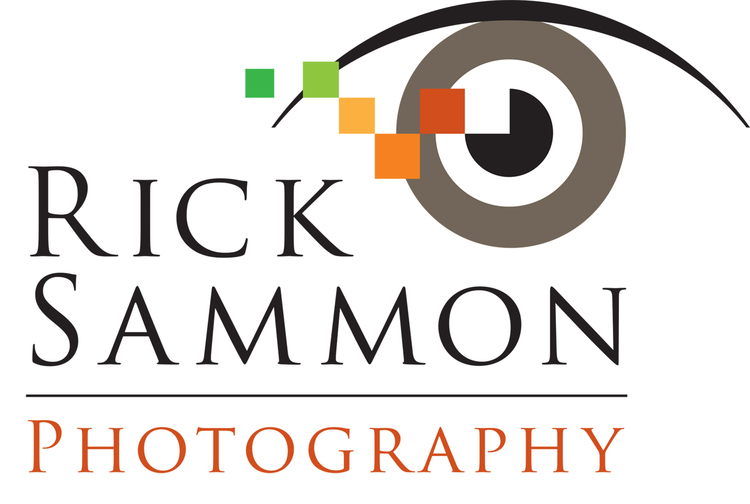Does your site - your major presence on the web - need a make over? Do your images look as good as can be - on your web pages and in your galleries? Is it easy and fun to update your site? Does your site look original and creative? If you have a technical problem, is customer support there to help?
If you are looking for a new and improved web site for 2013, check out Squarespace. A free trail is only one-click away.
I moved my site to Squarespace back in November. Here's why:
1) Easy-to-use templates – for total creative control over your content.
2) Sites look great on any device – so your work is presented in the best possible way on desktops, laptops, iPads, iPhones, or any other device.
There is even a free iPad and iPhone app that lets you move your galleries from your desktop to your mobile device simply by downloading the app.
3) Drag and drop technology – great for hyper people, like me!
4) It's an all-in-one site – so your blog, galleries, events and so on are all in one easy-to-manage and updatable place. Checking stats is easy, too.
5) Customer support is 24/7 – so if you need help, it's away there.
6) Photos can be edited within Squarespace before you publish - giving you total control over how your images look on your site.
7) It's fun - which is a big benefit for hard working photographers.
Use one-click to get started with your own awesome Squarespace site. Now :-)
Explore the light,
Rick






















